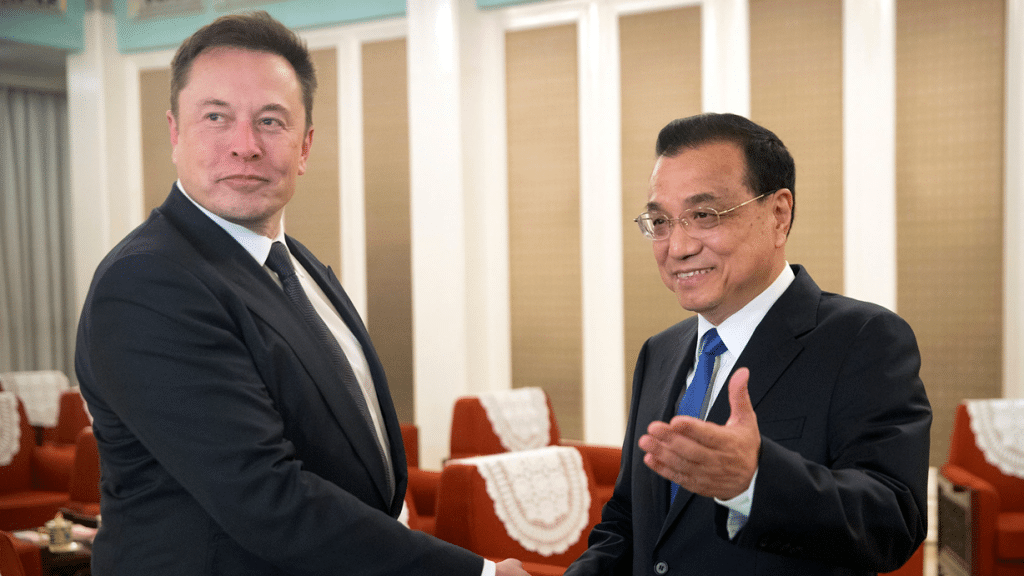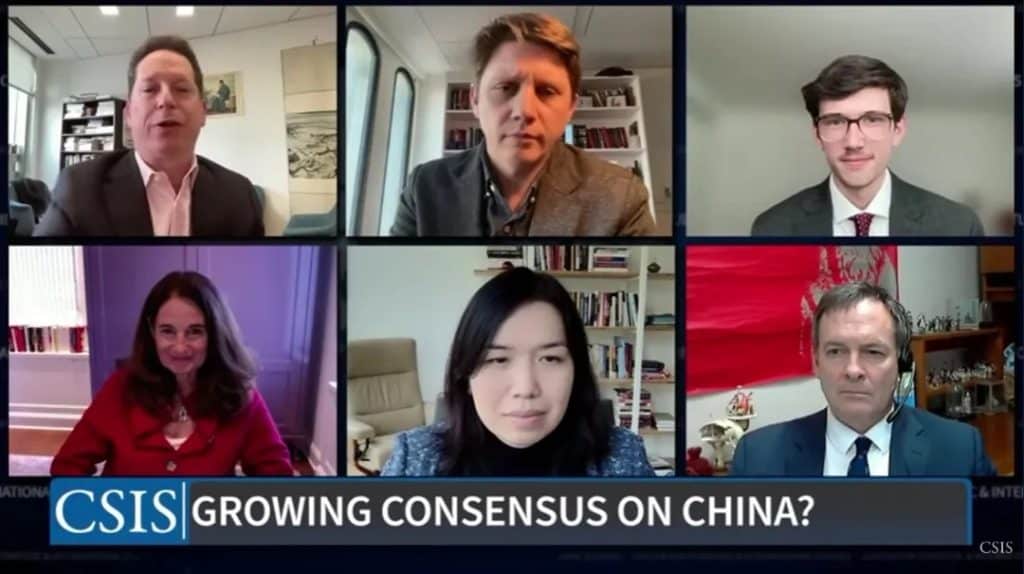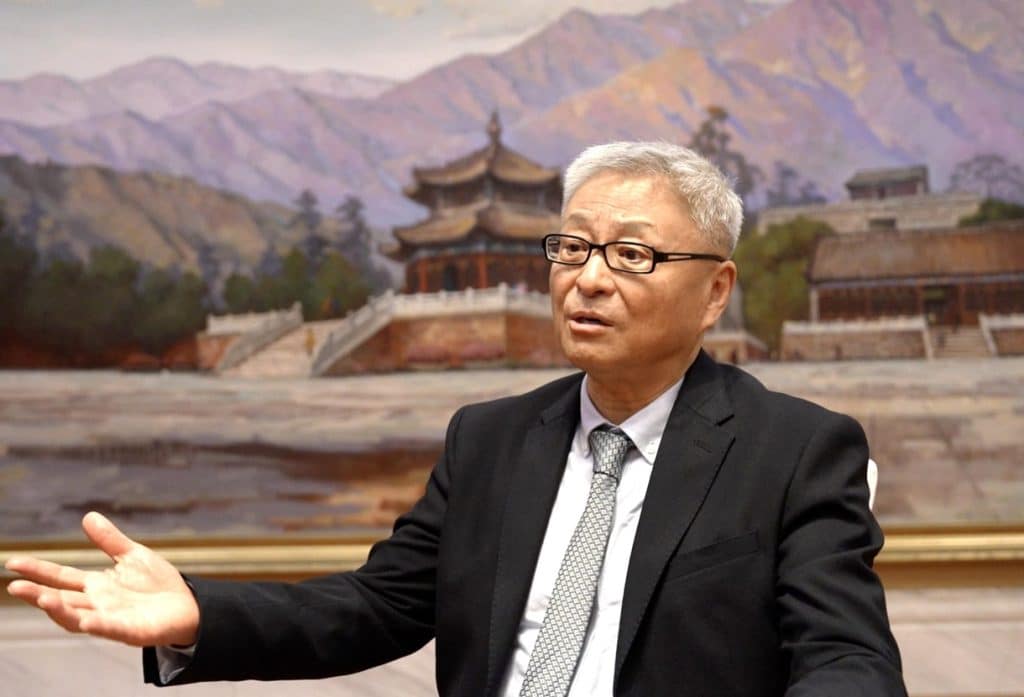专访:埃默里大学弗拉加教授谈美国选民投票率差距
作者:j-zhou
2023-03-13
随着著名政治分析家对潜在候选人姓名的猜测,2024年的总统竞选正在逐周升温。然而,在美国日益多样化的选民中,某些投票群体所面临的结构性障碍依然存在。为了更好地了解美国选举中少数族裔和白人之间的投票率差距,我采访了埃默里大学政治学副教授伯纳德·弗拉加(Dr. Bernard L. Fraga)。

弗拉加是埃默里大学政治学副教授,在哈佛大学获得政治学博士学位,主要研究领域为美国选举政治、种族和民族政治以及群体身份和选举背景如何影响个人政治行为,著有The Turnout Gap: Race, Ethnicity, and Political Inequality in a Diversifying America (Cambridge University Press, 2018)、“Who Does Voter ID Keep From Voting?”(Journal of Politics, 2021)、“Partisan Alignment Increases Turnout: Evidence from Redistricting”(Political Behavior, 2021)等专著和文章。
以下是英文采访的中文翻译:
在您看来,美国的选举是否代表了所有美国人?
弗拉加:美国的选举通常代表了投票或可能投票的人群。然而,政治学研究表明,用于决定选举输赢的某些制度——如选举人团(the electoral college)和单一席位的立法选区(single-member legislative districts)——可能产生不代表大多数选民所希望的结果。此外,研究还表明,如果我们考虑到在任何情况下都不太可能投票的非投票者的偏好,我们会发现投票者和非投票者的要求有很大的不同。
您能否简要地描述一下种族、族裔、性别和/或党派认同对选民行为的影响?特别是,您能否提供一些关于亚太裔美国人及其投票率和投票模式的见解?
弗拉加:历史上,美国对哪些人口可以投票有很多限制。直到1920年,妇女才在全国范围内获得了选举权,直到20世纪60年代,非裔美国人和其他种族/少数民族群体才得到了确保他们能够投票所需的法律保护。今天,我们看到女性的投票率普遍高于男性,但非裔、西班牙裔、亚裔和美国原住民的投票率仍然远低于白人人口。在最近的选举中,亚裔的投票率一直在上升,但是政治学家不太确定其中的原因。
不同群体之间的选民投票率差距有多大?造成差距扩大的原因是什么?
弗拉加:总体而言,非裔美国人的投票率比白人低约10个百分点,西班牙裔和亚裔成年人的投票率比白人低约20个百分点。即使在对选举有很大兴趣的情况下,如2020年,这似乎也是事实。这些差异持续存在的一个原因是,当投票率大幅增加时,它在各个群体中都会增加,而不仅仅是投票率低的群体。此外,当候选人和竞选团队试图动员选民投票时,他们往往把重点放在已经有高投票率的群体上。
美国人民信任他们的选举结果吗?如果答案是不,是什么导致了人民对选举的深度不信任?某些群体的选民是否更有可能不信任选举结果?
弗拉加:研究表明,人们对选举过程信任程度的最佳预测因素是他们喜欢的候选人是否赢得了选举。也就是说,如果你喜欢的候选人在选举中失利,你将不太可能相信选举的结果。然而,随着一些共和党人夸大选举舞弊的指控,而不是承认他们输掉了选举,这种信任的下降在共和党选民中变得更加严重。
根据《投票权法案》第203条(Section 203 of the Voting Rights Act),地方官员必须为特定语言少数群体提供选举材料的翻译,包括“任何登记或投票通知、表格、指示、援助或其他与选举过程有关的材料或信息,如选票”。尽管如此,不精通英语的公民人数较多的社区,其投票率往往较低。因此,为使语言少数群体有更高的投票率,是否有必要对《投票权法案》第203条进行修改?
弗拉加:《投票权法案》第203条为西班牙裔、亚裔和美国原住民公民提供法律保护,要求选举官员在人口占比足够大的情况下,用当地居民的语言提供服务。有人提议降低门槛,以便扩大非英语材料的使用范围,但目前还不清楚这会在多大程度上改变语言少数群体的总体投票率,因为我们没有关于他们投票行为的数据。
与其他发达国家相比,美国的选民投票率历来较低。然而,在最近的选举中,美国的投票率——尽管仍落后于许多民主国家——不可否认地有所上升。在您看来,是什么原因导致了投票率上升?更高的投票率会成为未来选举的持续趋势吗?
弗拉加:近年来,人们对总统和国会选举的兴趣有所增加,这也转化为选民投票率的增加。这种兴趣的增加可能是因为公民们觉得选举更重要,谁赢谁输将对他们的日常生活产生很大影响。此外,近年来用于选举的开支有所增加,这意味着更多的钱被用于联系公民,并试图确保他们投票。我不认为这些因素在不久的将来会有很大变化,但2024年的投票率可能会比2020年略低。
最后,作为美国最年轻的选民,Z世代将对未来的选举,特别是即将到来的总统选举产生什么影响?
弗拉加:Z世代在有投票资格的人口中仍然只占很小的一部分。显然,随着时间的推移,他们的比例会增加,所以真正的问题是,他们的政治偏好是否与其他人群有很大的不同。现在,他们多数是自由派,但随着他们年龄的增长,这种情况可能会改变。
Dr. Bernard Fraga of Emory University on the Voter Turnout Gap
With prominent political analysts speculating on the names of potential candidates, the 2024 presidential campaign is slowly intensifying by the week. However, in America’s increasingly diversifying electorate, structural barriers to certain voting groups remain. To understand the various aspects of U.S. elections and the voter turnout gap, I interviewed Dr. Bernard L. Fraga, an Associate Professor of Political Science at Emory University and an elections expert.
Dr. Fraga studies American electoral politics, racial and ethnic politics, and political behavior. Broadly, he studies how group identities and electoral contexts impact individual political behavior. His recent works include The Turnout Gap: Race, Ethnicity, and Political Inequality in a Diversifying America (Cambridge University Press, 2018), “Who Does Voter ID Keep From Voting?” (Journal of Politics, 2021), “Partisan Alignment Increases Turnout: Evidence from Redistricting” (Political Behavior, 2021), among numerous others. He received his Ph.D. from Harvard University.
In your opinion, are U.S. elections representative of all Americans? Why or why not?
Dr. Fraga: U.S. elections are generally representative of the population that votes or that is likely to vote. However, political science research shows that certain systems used to determine who wins and loses elections, such as the electoral college and single-member legislative districts, can produce outcomes that are not representative of what a majority of likely voters would prefer. In addition, research indicates that if we include the preferences of non-voters who are unlikely to vote under any circumstances, we see a larger difference between what voters and non-voters want.
Can you describe in brief the role of race, ethnicity, gender, and/or partisan identity on voter behavior? In particular, could you provide some insights into AAPI and their voter turnout and voting patterns?
Dr. Fraga: Historically there were many restrictions on who could vote. It wasn’t until 1920 that women gained the right to vote nationwide, and it was only in the 1960s that African Americans and other racial/ethnic minority groups got the legal protections they needed to make sure they could vote. Today we see that turnout is generally higher for women than for men, but turnout for African Americans, Hispanics, Asian Americans, and Native Americans is still much lower than for the White population. Asian American turnout rates have been increasing in recent elections, though political scientists aren’t quite sure why.
How big are the voter turnout gaps? What are the causes of the widening disparities?
Dr. Fraga: In general, African Americans turn out to vote at a rate about 10 percentage points lower than Whites, and Hispanic and Asian American adults turn out about 20 percentage points less than Whites do. This seems to be true even when there is a lot of interest in the election, like there was in 2020. One reason these disparities persist is that when turnout increases a lot, it increases across groups and not just for the low turnout groups. Also, when candidates and campaigns try to mobilize voters to turn out to vote, they tend to focus on groups that already have a high turnout.
Do Americans trust their elections? If not, what contributes to the deep election distrust in the U.S.? Are certain groups of voters more likely to distrust election results? Why?
Dr. Fraga: Research indicates that the best predictor of how much someone trusts the election process is whether or not their preferred candidate won the election. That is, if your preferred candidate lost the election, you are less likely to trust the result of the election. However, this decrease in trust is getting even worse among Republicans today because several Republican elected officials are amplifying claims of fraud instead of admitting that they lost the result.
According to Section 203 of the Voting Rights Act, local officials must provide translations of election materials—including “any registration or voting notices, forms, instructions, assistance or other materials or information relating to the electoral process, including ballots”—for certain language minority groups. Nonetheless, communities with higher numbers of non-English-proficient citizens tend to have lower voter turnout. Are changes to Section 203 thereby necessary for language minority groups to have a higher voter turnout?
Dr. Fraga: Section 203 of the Voting Rights Act gives legal protections to Hispanic, Asian American, and Native American citizens by requiring election officials to provide services in the native, non-English language of citizens if they are a large enough share of the population. There have been proposals to lower the threshold so that there can be expanded access to non-English materials, but it’s not clear how much this would change the overall rate of turnout for non-English speaking Americans since we don’t have very good data on how much they do or do not vote.
Voter turnout in the U.S. has historically been lower compared to other developed countries. However, in recent elections, turnout in the U.S.—while still trailing that of many democracies—has undeniably risen. In your opinion, what is driving the higher voter turnout? And will higher voter turnout become a consistent trend for future elections?
Dr. Fraga: Interest in the presidential and congressional elections has increased in recent years, which has translated into increased voter turnout as well. Some of this increase in interest is likely due to citizens feeling that the election is more important and that who wins or loses will have a large effect on their everyday lives. In addition, the amount of spending on elections has increased in recent years, which means more money is used for contacting citizens and trying to make sure they vote. I don’t expect either of these factors to change a lot in the near future, but turnout in 2024 will likely be a little lower than in 2020.
And finally, what impact(s) will Generation Z—America’s youngest voters—have on future elections, specifically the upcoming presidential election?
Dr. Fraga: Generation Z is still a very small portion of the overall voting-eligible population. Obviously, their share will grow over time, so the real question is whether or not they have very different political preferences from the rest of the population. Right now, they are the most liberal age group, but that could change as they grow older.








